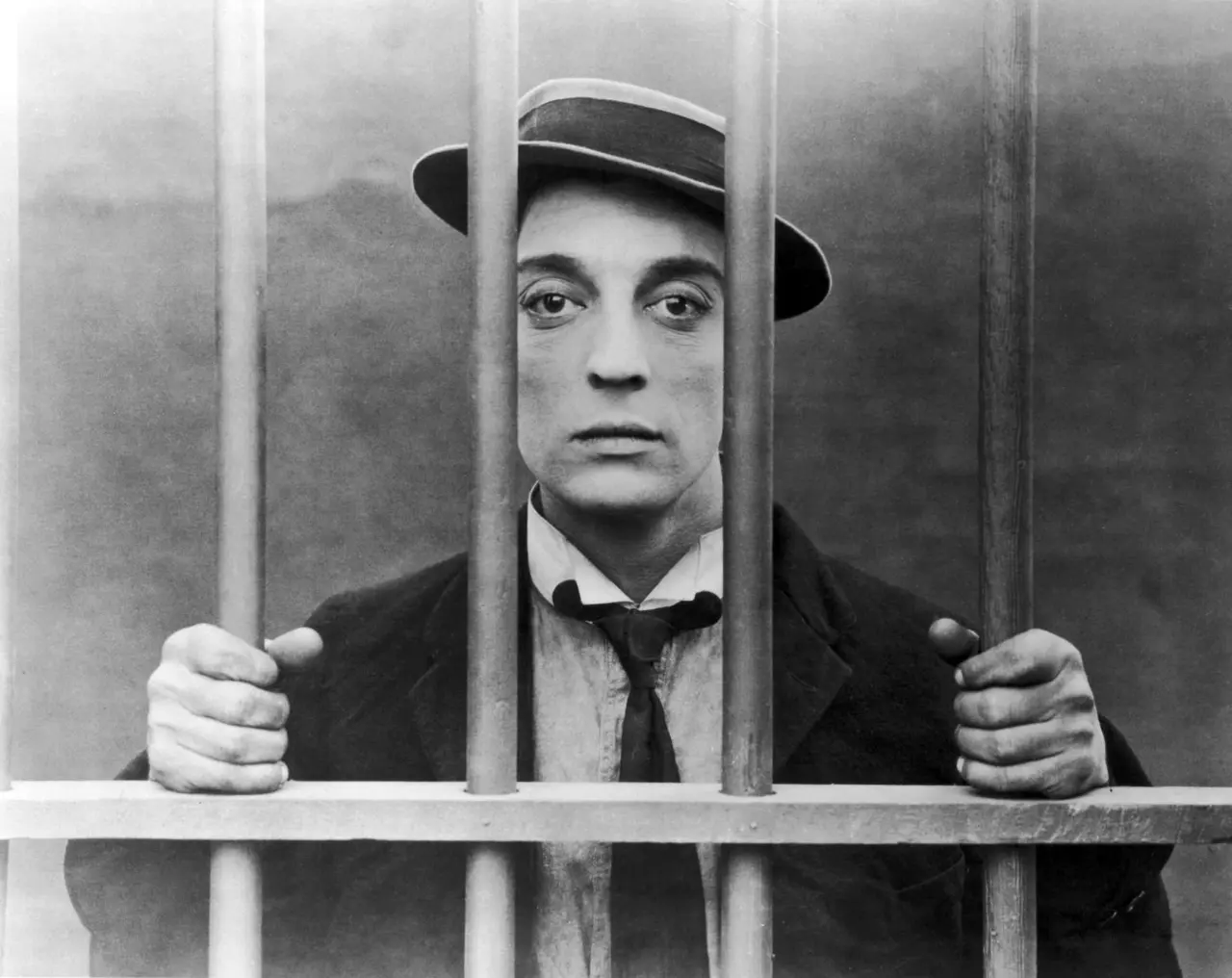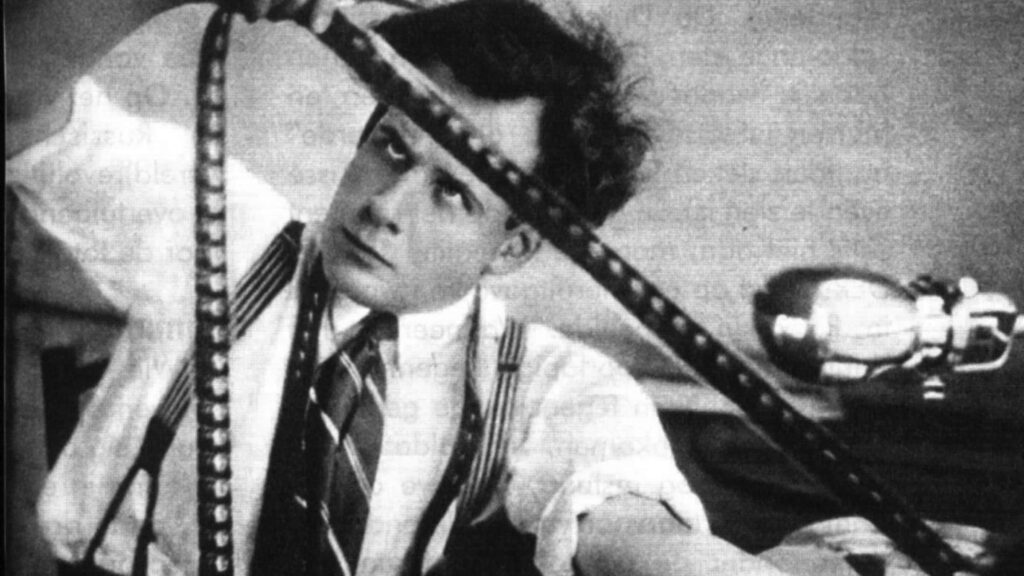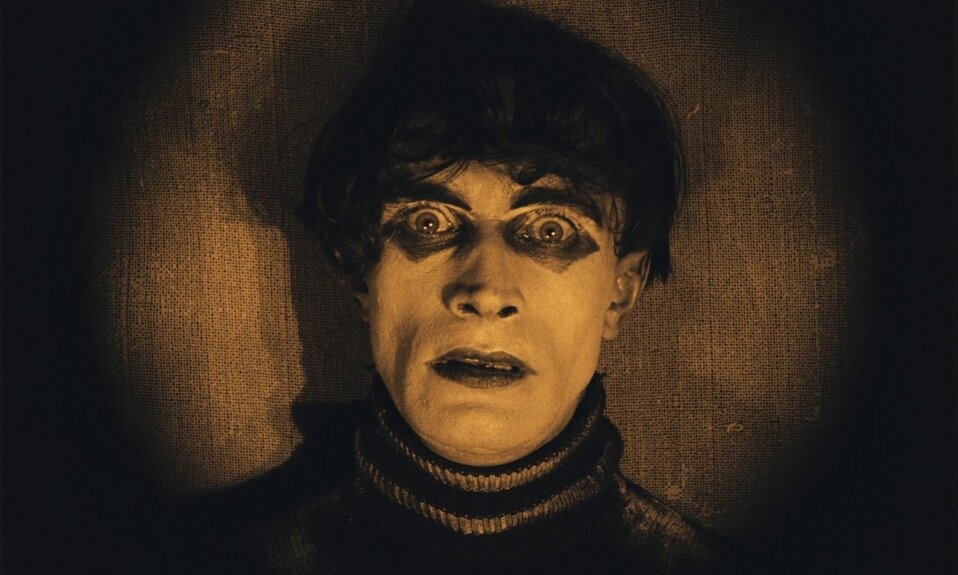The Silent Era marked the birth of cinema and the development of visual storytelling techniques. Pioneers like Charlie Chaplin and Buster Keaton experimented with techniques such as montages, close-ups, and long takes to effectively convey stories through visual language.
The Silent Era refers to the early period of cinema before the introduction of synchronized sound. Therefore, the biggest challenge for filmmakers at the time was to communicate narratives solely through visuals. But what an achievement they had! Through the use of camera techniques and narrative arcs, the filmmakers of the era not only defined cinema for generations to come but also established a visual language that paved the way for the cinema we see today.
As a film student, it is crucial to explore silent films to understand the power of visuals. I highly recommend watching films like “The Kid” by Charlie Chaplin and “Metropolis” by Fritz Lang.
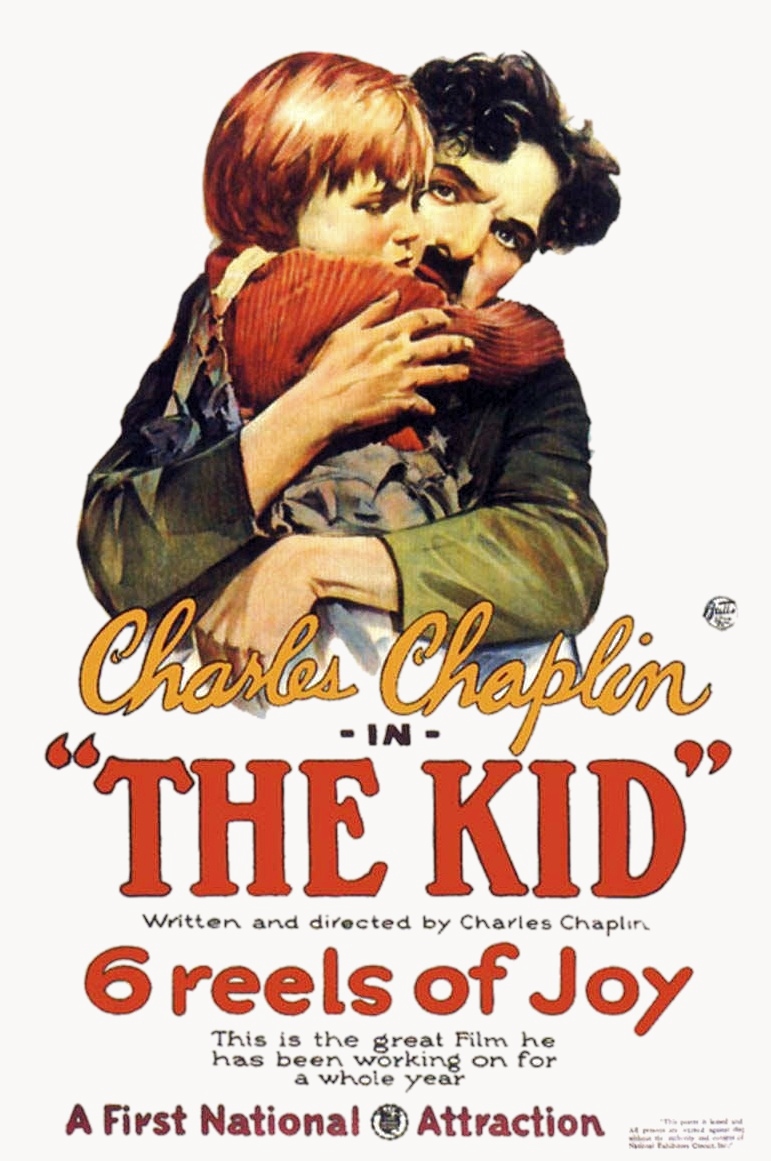
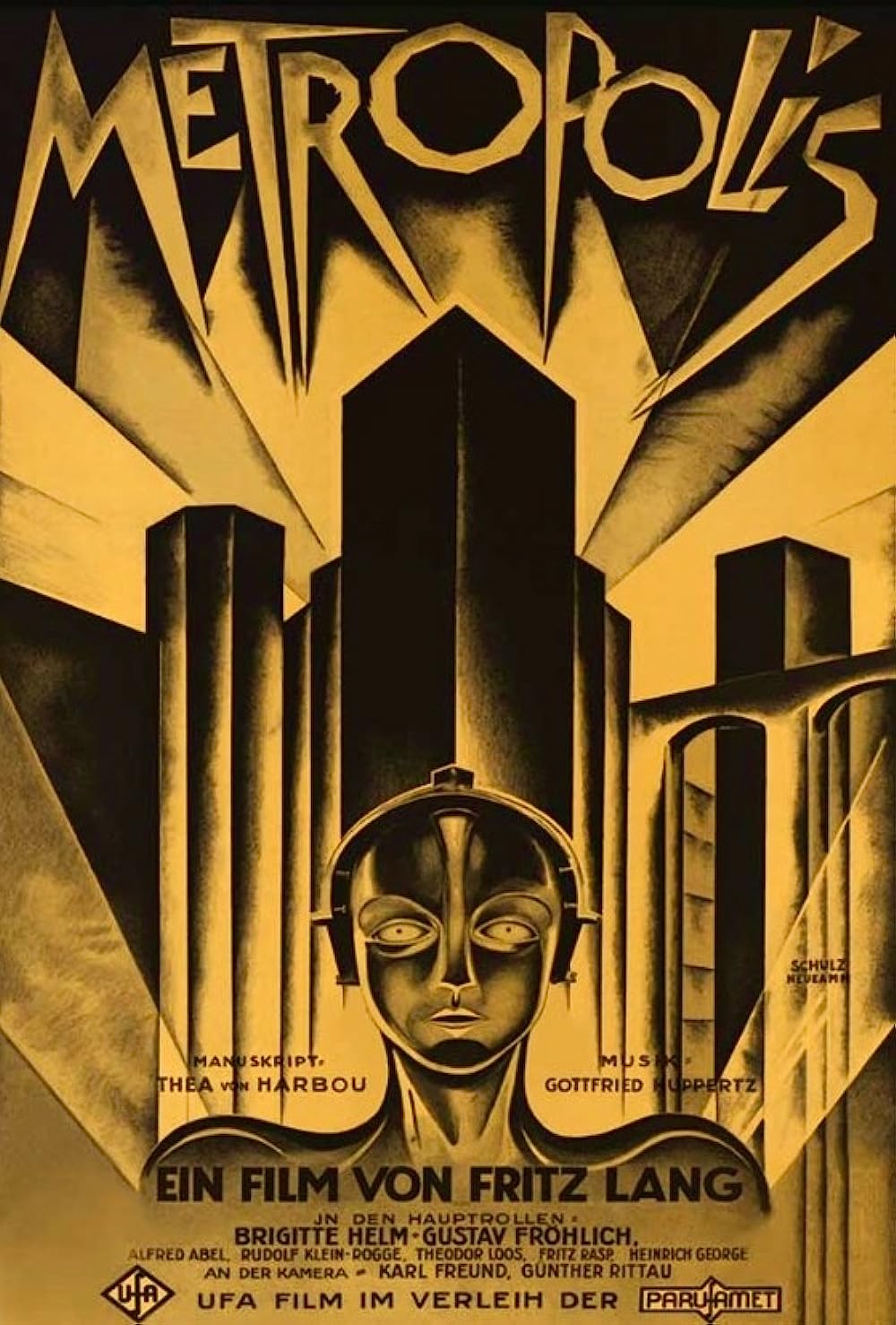
Although there are countless other notable films from this era, ranging from Buster Keaton’s ‘The General‘ to Chaplin’s ‘City Lights‘ and Carl Theodor Dreyer’s ‘The Passion of Joan of Arc,‘ which can not be missed by cinema lovers and those eager to learn about the art form.
Now, time for bonus trivia: Many of us have heard of Alfred Hitchcok, often dubbed as the master of suspense films but not everyone knows that Hitchcock’s first ever suspense thriller was a silent film titled ‘The Lodger: A story of the London Fog.’ Another movie for you to take note of.
